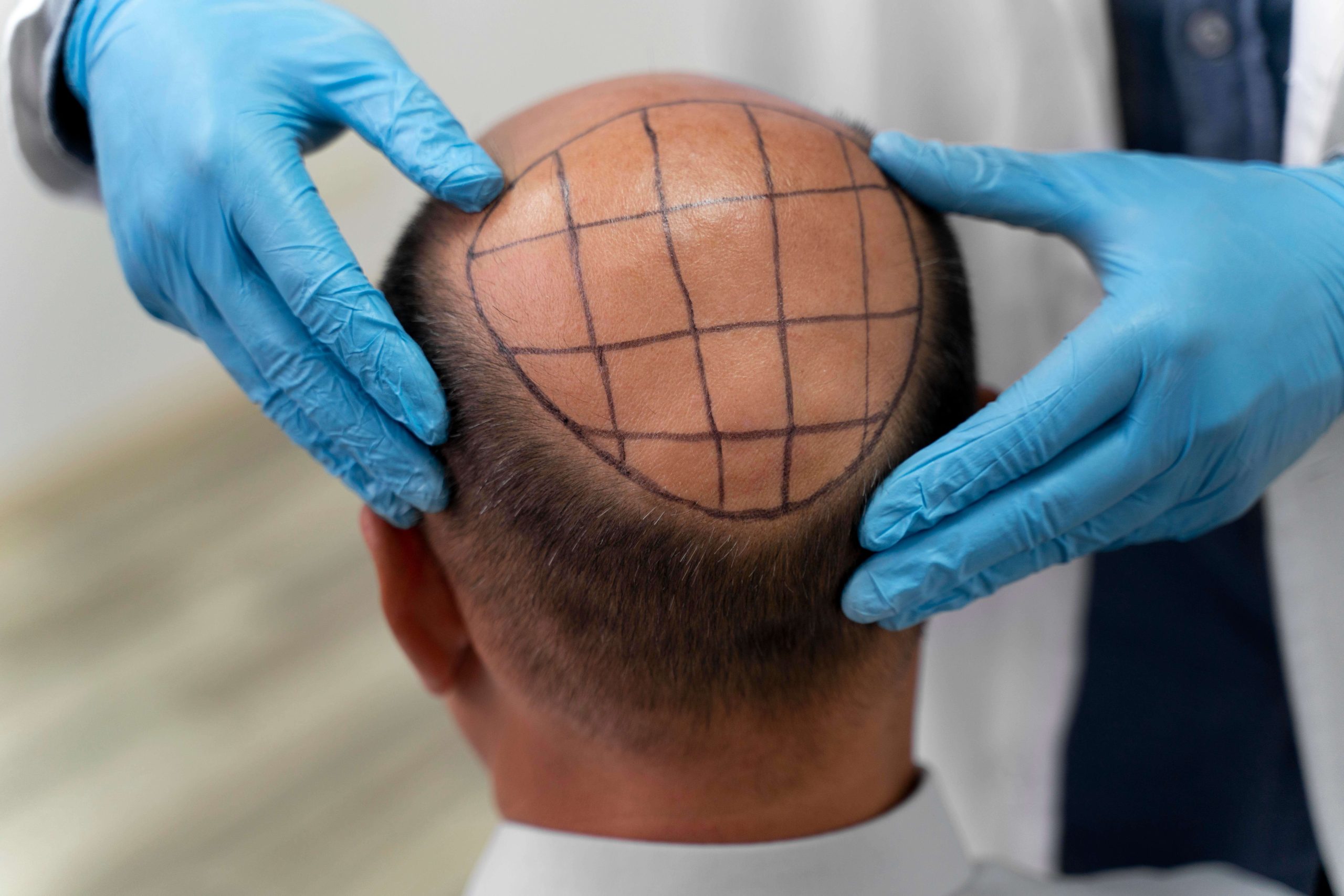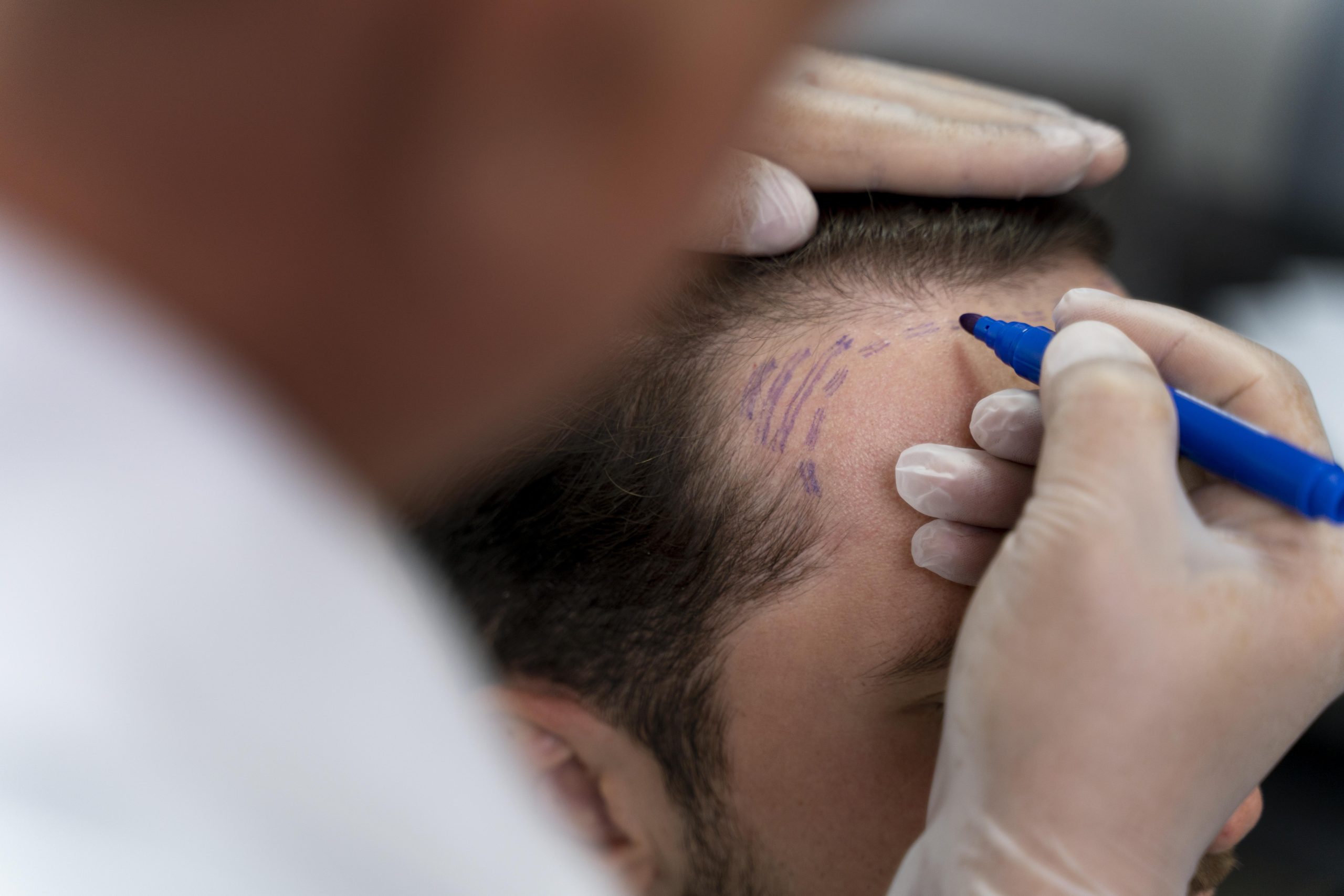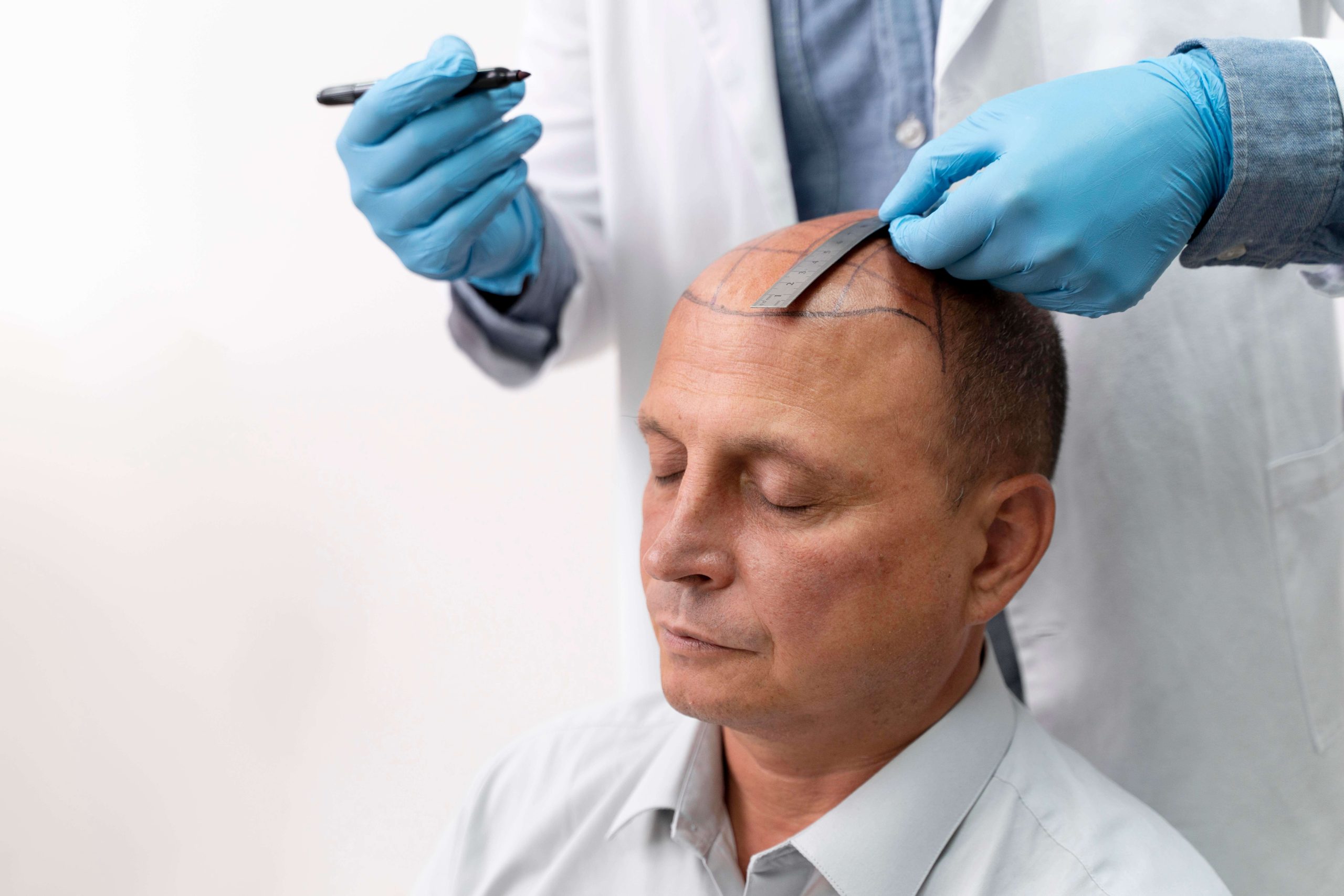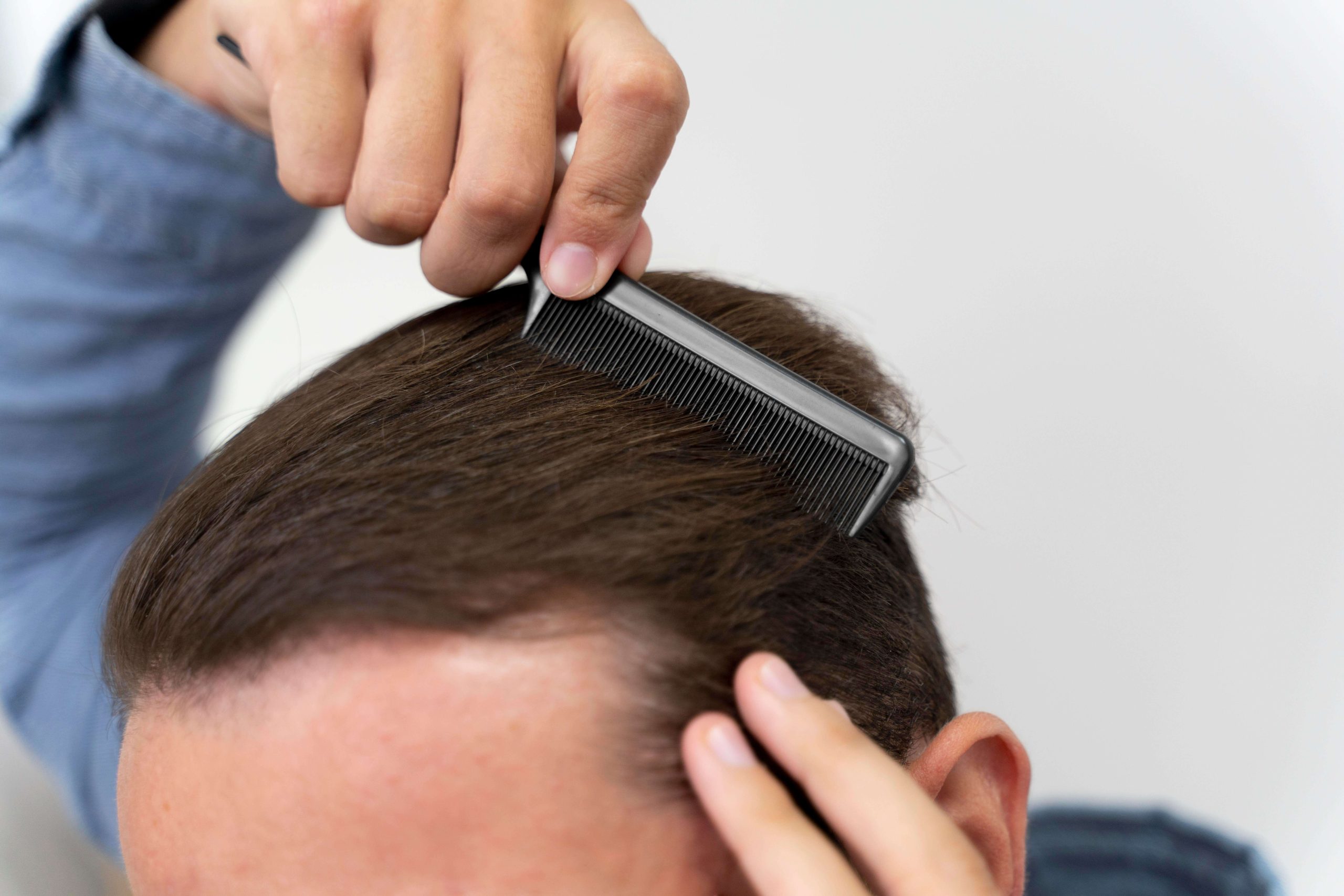
FUE hair transplant
- Length of Hospital Stay: Not Required
- Operation Time: 6-8 Hours
- Anesthesia: Local
- Recovery Time: 6-12 Months
What is FUE Hair Transplantation?
FUE (Follicular Unit Extraction) is a modern hair transplantation technique and is used to fill the sparse area of hair. Local anesthesia is used in this technique, which consists of 6 stages. For individuals complaining about hair thinness, the number of follicles to be transplanted is determined in the first stage, this number may vary depending on the thinness of the person. Then, the hairline that best suits the person is determined to create a natural appearance. After the hairline is determined, the hair of the person to be transplanted is shaved. Local anesthesia is applied to the donor area and the area to be transplanted. Hair follicles in the donor area are removed with a special micro-motor device and kept in a sterile environment. After the extraction of hair follicles is completed, channels are opened where the hair follicles will be placed in the sparse area. Sterile hair follicles are placed in the opened channels. This process may take 6-8 hours depending on the number of hair follicles to be transplanted.
What are the Stages of Fue Hair Transplantation?

1) Determining the Hairline
The hairline is determined individually in order to provide a natural appearance in the forehead area.

2) Shaved
This is the part where the hair of the person to be transplanted is completely shaved after the hairline is determined.

3) Local Anesthesia
It is the local anesthesia part applied to the donor area and the area to be transplanted. Depending on the person's preference, painless anesthesia may also be preferred.

4) Collecting Hair Roots
It is the process of collecting hair follicles in the donor area under local anesthesia with the help of a micro motor.

5) Opening a channel to the area to be transplanted
It is the creation of openings on the scalp large enough to allow hair follicles to enter the area to be transplanted, with the help of surgical silt.

6) Transplantation Process
It is the process of placing sterile hair follicles into the opened channels after everything is ready, with the help of surgical forceps.
Fue Hair Transplantation Recovery Process
- After hair transplantation, there may be slight swelling and redness in the head and forehead area.
- Small crusts may form in the areas where the grafts are taken from the donor area.
- There may be bandages around the head or a special helmet. This ensures that the grafts remain in place.
- You may feel mild pain and discomfort in the first days. You can use painkillers recommended by your doctor.
- The crusts usually begin to fall off and the grafts hold in place.
- Swelling and redness will subside, but may still be visible.
- You can return to your normal activities, but it is important to avoid strenuous exercise.
- The crusts usually begin to fall off and the grafts hold in place.
- Swelling and redness will subside, but may still be visible.
- You can return to your normal activities, but it is important to avoid strenuous exercise.
- Redness and sensitivity in the hair transplantation area decreases.
- The process of new hair growth begins. However, new hair may not be apparent yet.
- Healing in the donor area continues and you can start cutting your hair normally.
- The 3rd month after hair transplantation is an important period in the healing process.
- At this time, new hair strands become more visible and more density may occur on the scalp.
- Hair loss may continue during this period. This is a normal process and is called “shock shedding.” Hair falls out temporarily to adapt to its roots and then grows back.
- Redness and sensitivity in the hair transplantation area are greatly reduced. The grafts may be fully settled and approach the normal appearance of the scalp.
- The new hair usually grows longer and the hairline becomes more visible.
- After hair transplantation, the results become more and more obvious and the natural appearance of your hair increases.
- New hair begins to become visible and fullness increases in the hairline.
- Redness and sensitivity in the hair transplantation area disappear almost completely.
- You may start to see your hair become fuller and thicker.
- The Healing Process is Completed.
- The natural appearance of your hair improves and it is usually not noticeable from the outside that the transplant has been performed.
- The growth process of your new hair continues, so you can have longer hair.
